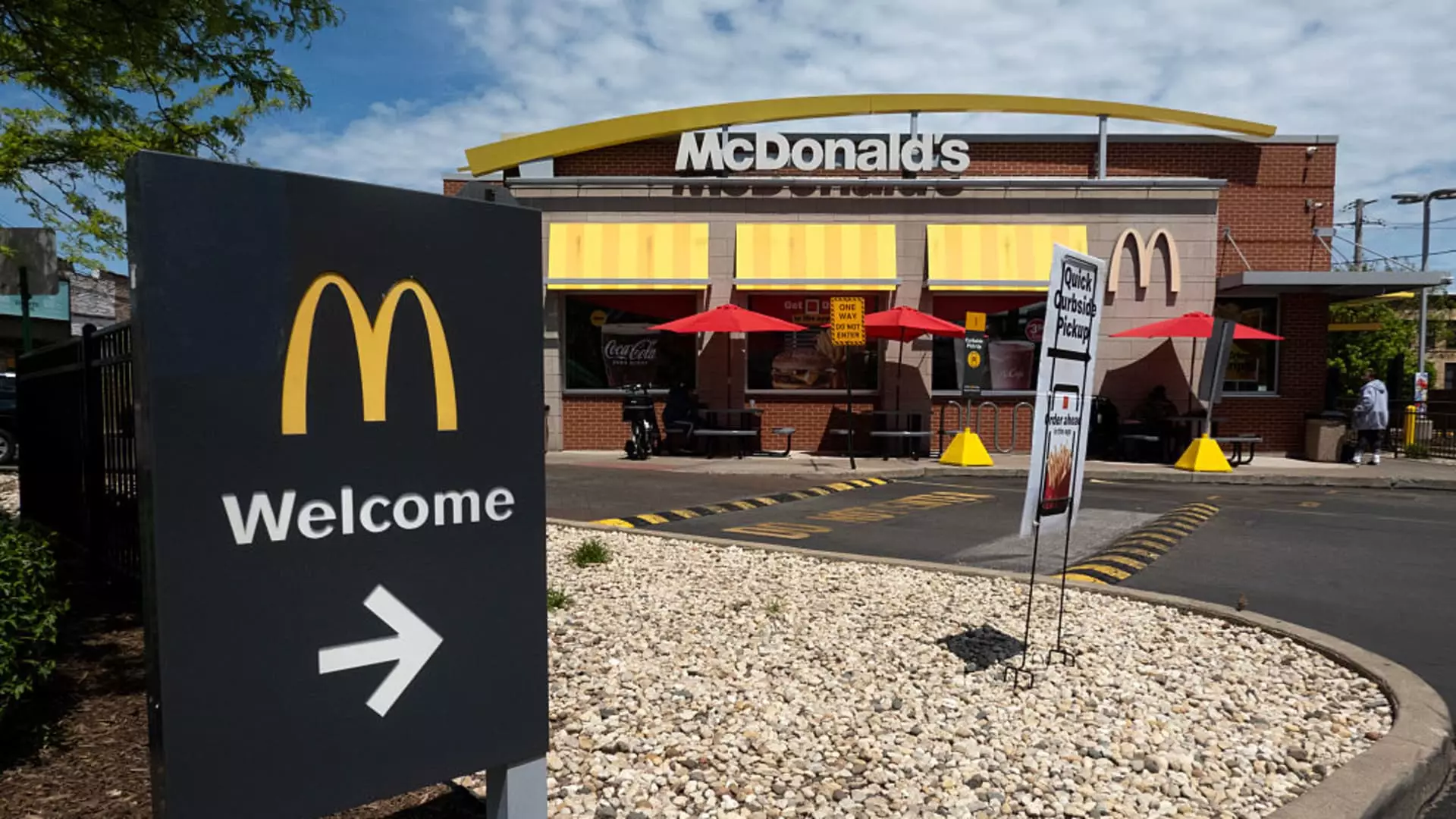McDonald’s: More Than Fast Food, A Fortress of Stability
McDonald’s (MCD) may appear as a familiar staple in portfolios, yet it continues to outperform in ways many underestimate. With nearly five decades of consecutive dividend increases—a feat that puts it on the path toward becoming a Dividend King—the company showcases an unparalleled commitment to returning cash to shareholders. This is not just corporate generosity; it reflects solid cash flow generation rooted in a carefully optimized business model.
Wall Street analysts, such as Jefferies’ Andy Barish, highlight that McDonald’s strategic ability to balance value pricing with fresh innovation creates a competitive edge rarely eroded by economic downturns. Contrary to assumptions that fast food is a saturated market, MCD’s incremental growth in same-store sales and international expansion projects potential that can outpace rivals like Yum Brands and Domino’s. The fast-food giant’s scale advantages—including supply chain mastery, marketing prowess, and geographic diversification—form a formidable defense during uncertain times.
McDonald’s blend of predictable low-single-digit growth, category-leading margins, and the ability to generate substantial free cash flow underscores why its roughly 2.4% yield has a much sturdier foundation than typical dividend stocks. This isn’t merely a defensive play; it’s an opportunity wrapped in a stable income stream that rewards patience.
EPR Properties: Risky Yet Rewarding in a Post-Pandemic World
At first glance, EPR Properties (EPR) presents a more controversial case. Specializing in experiential real estate—movie theaters, amusement parks, and ski resorts—it’s a sector battered by the pandemic and still navigating recovery. Yet, this is precisely where contrarian investors could find gold.
Stifel analyst Simon Yarmak’s recent upgrade of EPR, driven by a significant drop in the company’s cost of capital, signals renewed investor confidence in external growth prospects. This shift allows EPR to resume acquisitions aggressively, opening doors to expanding into niche sectors such as golf and wellness assets—areas with promising secular growth trends.
Moreover, the revival of the theater industry, coupled with innovative revenue streams like percentage rent, offers EPR a foothold to capitalize on fundamental industry improvements over multiple years. The hefty 6.2% dividend yield reflects the stock’s inherent risk but also the upside potential if these recovery dynamics hold. For investors willing to stomach volatility, EPR embodies a classic example of how dividends can compensate for elevated uncertainty in return for outsized future gains.
Halliburton: Navigating Energy’s Complex Future
Operating in the notoriously cyclical oilfield services sector, Halliburton (HAL) might at first seem an unlikely candidate for cautious dividend investors. Yet, the company’s dividend yield of 3.3%, though modest, belies its strategic positioning. The majority of its revenues—about 60%—come from international markets, which provides a cushion amid near-term softness in North America.
Goldman Sachs analyst Neil Mehta’s bullish stance emphasizes HAL’s unique exposure to unconventional drilling and adoption of advanced technologies like Zeus. These elements are critical as the energy industry braces for a transition amid rising decarbonization pressures. Management’s focus on “idiosyncratic growth” areas, including market share gains in directional drilling and artificial lift technologies, demonstrates an ability to innovate within a mature industry.
Moreover, HAL’s premium positioning and long-term electric contract agreements signal resilience, especially when markets tend to underestimate these defensive features. For those invested in the energy transition narrative but wary of volatility, Halliburton offers a blend of steady cash flow and strategic adaptability, making it a quietly compelling dividend choice.
Rethinking Dividend Investing in a Volatile Era
The current investment landscape demands more than shallow yield-chasing or blind faith in growth stocks. Dividend stocks must be evaluated not just for payout ratios or headline yields but for the sustainability of their cash flows, strategic positioning, and management’s adeptness at navigating complexity. McDonald’s, EPR Properties, and Halliburton illustrate this principle vividly, each operating in vastly different sectors yet unified by strong fundamentals and analyst confidence.
For a center-liberal investor who values market resilience and steady income, these picks offer a pragmatic yet forward-looking portfolio anchor. They represent businesses that understand their sectors intimately and exhibit a capacity—armed with innovation, scale, or niche expertise—to weather economic swings without caving to pressure.
However, one must remain cautiously optimistic. Even the best dividend stocks confront macroeconomic headwinds, including inflation, supply chain disruptions, and geopolitical uncertainty. Diversification remains crucial. Smart dividend investing is not simply about playing defense; it’s about identifying companies capable of thriving on offense while rewarding shareholders consistently amid chaos.

